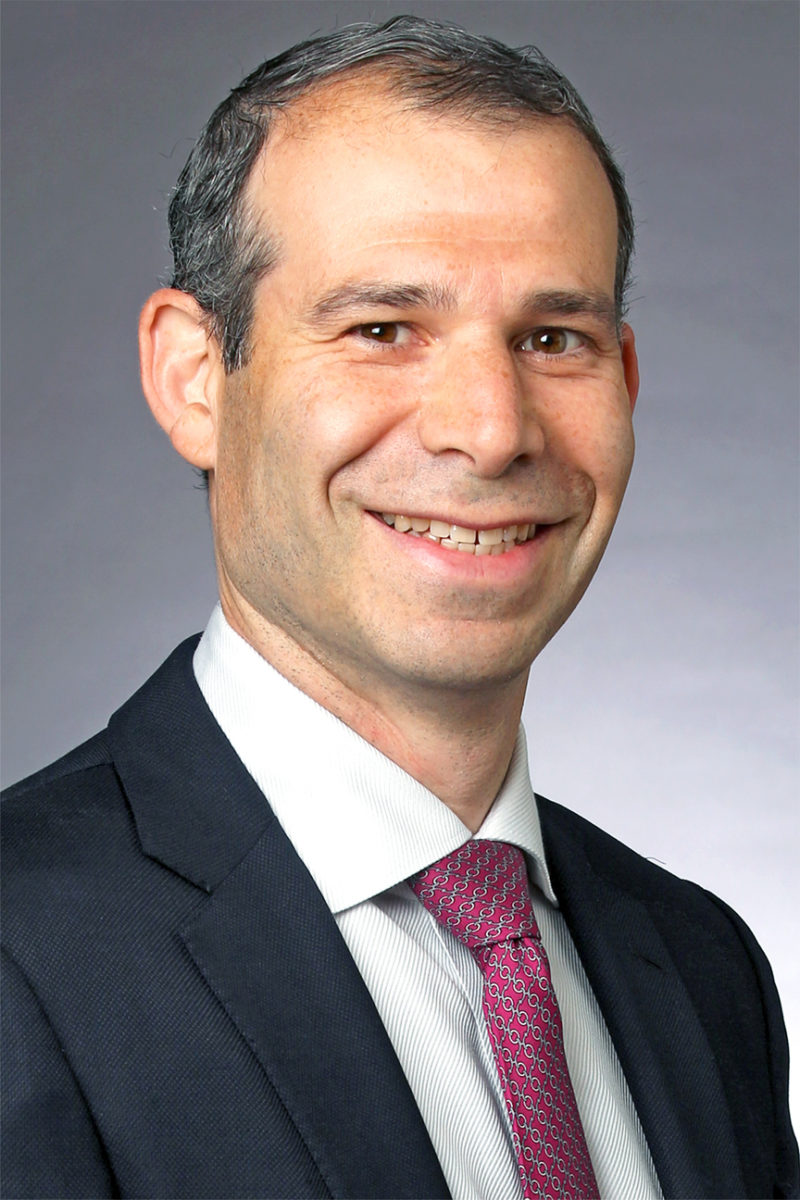Dr. Jeffrey Geller: Trends and updates in hip and knee replacement surgery

Having just returned from our biggest scientific national conference of the year, the American Academy of Orth-opedic Surgeons, it seems to be perfect timing to report on the latest trends and updates in hip and knee replacement surgery. Once again, the focus has been on advancement of surgical techniques with the continued evolution of surgical technology, improvements in pain control around the operative period and faster recoveries.
In hip replacement surgery, the trend continues to show that the anterior approach to hip replacement surgery, whereby the surgical incision and approach go between the muscles through the front of the hip, is much less invasive, provides a faster recovery, a shorter stay in the hospital and at times even a same-day procedure where the patient goes directly home hours after the surgery.
In addition, those surgeons proficient in the anterior approach demonstrated a much lower rate of complications, specifically hip dislocation, an unfortunate problem when the new ball and socket joint “pops” out of place ”” a painful event requiring a return to the hospital. Since this approach disrupts significantly less muscle, the pain is less and the recovery is easier, requiring virtually no physical therapy other than walking.
This is in stark contrast the “old” way of doing hip replacement surgery where the incision is in the back of the hip, more muscle is cut during the surgery, with higher rates of pain and longer time spent in the hospital, and quite often the necessity of a short stay in a rehabilitation center after surgery, instead of going directly home.
Similarly, in knee replacement surgery, robotically assisted surgical technology has continued to evolve, now designed to help perform both partial and, more recently, full knee replacement surgery. The benefit of robotically assisted knee surgery is the potential for improved accuracy in placing the new knee components within the knee, in addition to more precise muscle and ligament balancing, i.e. helping the knee feel more like a patient”™s normal knee.
One of the continued issues I see as a second opinion are patients whose knee replacements were done, but are still quite painful thereby leading to a poor result. Previous studies have shown a 15 to 20 percent rate of dissatisfaction after knee replacement surgery, so NewYork-Presbyterian Lawrence Hospital continues to study the factors that decrease that rate of dissatisfaction and lead to an improved outcome, including some broad-ranging, multicenter research studies about the benefits of robotically assisted and electronic sensor guided surgery which are routinely done at our center.
Quite a bit of work was also presented on reduction of complications after surgery, most importantly, infection. NewYork-Presbyterian Lawrence had a large scientific exhibit about surgical site infection prevention with an exhaustive review of the literature and the most effective tactics for prevention.
Much of the work was done at NewYork-Presbyterian Lawrence, where we have instituted very stringent protocols on timing and dosing of antibiotic usage, pre-operative skin cleansing and bacterial colonization treatments, as well as a strict protocol of incision closure, with special antibacterial dressings that have decreased our infection rate to 0.3 percent, far below the popular industry targeted rate of 1 percent.
If a patient is considering joint replacement surgery, finding out a surgeon”™s infection rate is among the most important questions that a patient should ask prior to surgery. Unless a surgeon closely tracks their own cases on a monthly basis, they probably don”™t know their real infection rate. In addition, there are few other surgical complications other than infection that can catastrophically ruin an otherwise successful joint replacement surgery.
If it is time to start considering a joint replacement procedure due to advanced arthritic changes of the hip or knee that have significantly affected a patient”™s quality of life, hopefully this quick update provides some guidance and insight into the latest techniques showing a faster and more successful outcome after surgery. I recommend to all of our patients that they should exhaust all nonoperative treatments prior to considering surgery, but if the conventional options no longer work, many of these advances have improved the surgical process considerably.
Jeffrey A. Geller is the chief of orthopedic surgery at NewYork-Presbyterian Lawrence Hospital and the chief of the division of hip and knee reconstruction at Columbia University Medical Center. He also serves as the director of research at the Center for Hip & Knee Replacement. He can be reached at JGeller@columbia.edu.